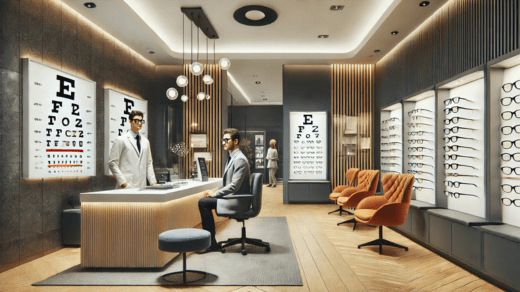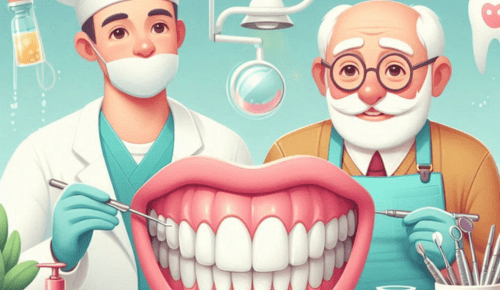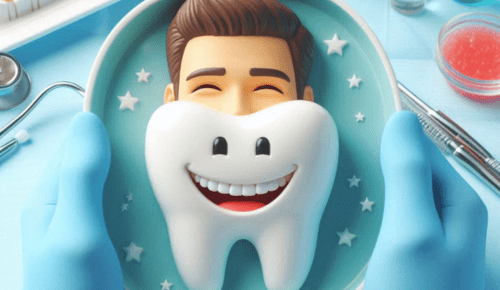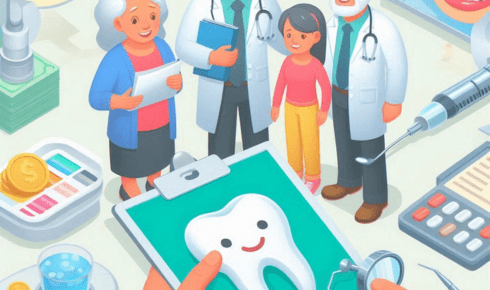Our eyes are vital to our daily experiences. Yet, many of us take them for granted until something goes wrong. Many common eye conditions can affect our vision and comfort. It’s crucial to know the most frequent issues and how they are treated. Routine care is more effective after treatment, and understanding these conditions can guide decisions about seeking help. Whether you live in a bustling city or a quiet town, access to good eye care is essential. For those needing eye care in Austin, TX, knowing what conditions are commonly treated can be helpful. These conditions often include dry eyes, cataracts, and glaucoma. Each presents unique challenges and requires a tailored approach to treatment. By learning about these issues, you can take proactive steps to care for your eyes and preserve your vision. This knowledge can empower you to make informed choices about your eye health.
Dry Eyes
Dry eyes occur when your eyes do not produce enough tears or the right quality of tears. This can lead to discomfort, redness, and even blurred vision. Common causes include environmental factors, prolonged screen time, and certain medications. Treatment often involves using artificial tears or prescription eye drops. Making lifestyle changes, like taking breaks from screens or using a humidifier, can also help.
Cataracts
Cataracts develop when the eye’s natural lens becomes cloudy. This can lead to blurry vision and difficulty seeing at night. Cataracts are more common as we age but can occur due to other factors, such as diabetes or eye injuries. Treatment usually involves surgery to replace the cloudy lens with a clear artificial one. This procedure is generally safe and effective. According to The National Eye Institute, cataract surgery is one of the most common and successful surgeries performed today.
Glaucoma
Glaucoma is a condition that damages the optic nerve, often due to high pressure in the eye. It is a leading cause of blindness if untreated. Because glaucoma can develop without noticeable symptoms, regular eye exams are crucial. Treatment may include prescription eye drops, oral medications, or surgery to reduce eye pressure. Early detection and treatment are key to preserving vision.
Comparison of Common Eye Conditions
| Condition | Symptoms | Treatment |
| Dry Eyes | Redness, discomfort, blurred vision | Artificial tears, lifestyle changes |
| Cataracts | Blurry vision, difficulty seeing at night | Surgery to replace lens |
| Glaucoma | Often no early symptoms | Eye drops, medications, surgery |
Macular Degeneration
Macular degeneration affects the central part of the retina, leading to vision loss in the center of your field of view. It is more common in older adults. Symptoms can include blurred or distorted vision and difficulty recognizing faces. Treatment may involve vitamins, laser therapy, or injections to slow its progression. Regular eye exams can help detect macular degeneration early.
Diabetic Retinopathy
Diabetic retinopathy is a complication of diabetes that affects the blood vessels in the retina. It can cause vision loss if untreated. Symptoms might not be noticeable until significant damage occurs. Control of blood sugar is crucial in managing this condition. Treatments include laser surgery and injections to stop the progression of the disease. The Centers for Disease Control and Prevention highlights the importance of regular eye examinations for those with diabetes.
Conclusion
Understanding common eye conditions and their treatments can help protect your vision. Regular eye exams are essential for early detection and prevention of potential vision problems. If you experience any symptoms or changes in your vision, seek eye care promptly. A proactive approach to eye health can safeguard your vision for years to come.




